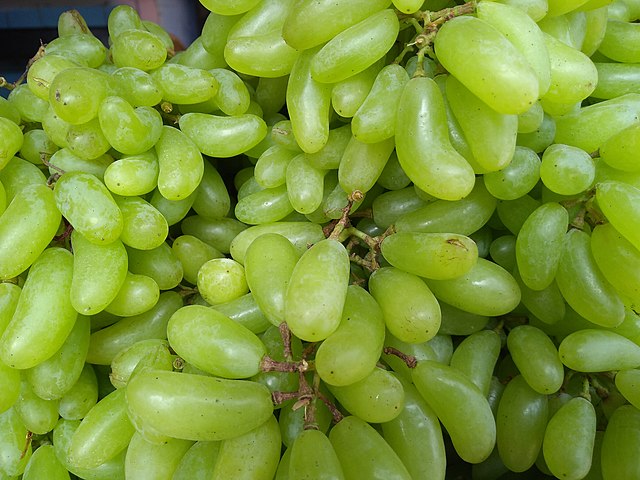Namibia’s grapes are supplanting the gap left by a 10% fall in South African table grape supplies in UK supermarkets by January 23, 2024. Drastic weather in 2023 decreased the supply of grapes from South Africa, the traditional source for UK grocers.
Already, the red seedless variety that thrives in the mild weather of southern Namibia is proving a hit among UK buyers.
Of particular popularity are the red seedless grapes from Aussenkehr. This agricultural region on the Orange river bordering South Africa ships its table grapes via the port of Cape Town. However, importers are considering shifting to the port of Walvis Bay on the Atlantic coast of Namibia to expedite shipments.
The slew of UK grocers that have ordered Namibian grapes include Tesco, Sainsbury, M&S and Waitrose.
The Grape Industry of Namibia
Namibia’s grape industry has been growing by leaps and bounds in the past 3 years.
In 2021, Namibia earned N$1 billion ($52.55 million) in exports of grapes, most of which landed in the European Union and the UK. The total output eventually outstripped estimates by 12%, to stand at 37,400 metric tonnes.
Almost all table grapes go into export, as local consumption is negligible at just 1% of the total production.
The main production areas of table grapes are Aussenkehr, Komsberg, Naute Dam and Noordower.
Investment by Companies
11 agricultural firms distributed in the above four areas control national supply, with Capespan Namibia producing 25% of all grapes.
Commenting on the ongoing exports of Namibia’s grapes to the UK, Ronan Lennon, Managing Director of Capespan praised his company’s trailblazing role.
He said that Capespan captured the country’s table grape potential early and entered as both an investor and “technical adviser.”
Widespread investment by companies such as Capespan have spawned the Namibian Grape Growers Association, which represents grape workers. Over 12,000 contracted and temporary workers are under the association.
The peak season of Namibia grapes, which cost around $7.72 a kg at retail, is usually between November and January. These harvest months are usually ideal because they are rain-free. They usually follow a growing season espousing a mild southern spring and a cold winter.
Namibia not only produces and exports table grapes but also makes wine. Table grapes for export come from red seedless, black and white varieties. Brandy makers crush left-overs of mainly red seedless grapes.
